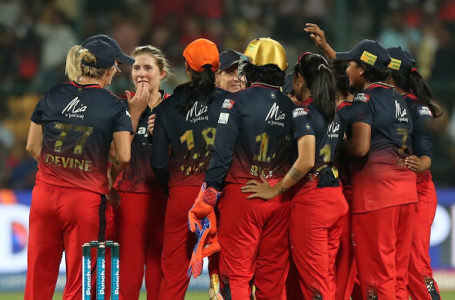775 football matches, 13 cricket matches, and other sports under suspicion of Match-Fixing and corruption

Babar Azam, Cristiano Ronaldo (Image Credit: Twitter)
In a sensational report from Sportradar.com, it has revealed that around 1212 matches across sports have come under corruption scanner. These games are suspicious and come under the match-fixing radar. The website has a team of experts who analyze match-fixing and other corruption. Meanwhile, most games that are under the scanner are 775 football games that have come under the scanner.
Apart from this, basketball matches (220), increased by approximately 250% compared to 2021. Overall, across all sports, the suspected manipulation rate stood at one in every 476 matches – an increase compared to the manipulation rate of one in every 545 matches in 2021.
In terms of regions affected, Europe continues to see the highest number of suspicious matches (630) followed by Asia (240) and South America (225). Compared to 2021, the number of suspicious matches has risen in each region except North America and Oceania. The biggest rise in percentage terms was in Africa (+82%) followed by South America (+72%),showing that match-fixing continues to grow substantially in certain regions where those responsible for match manipulation have
enjoyed success in recent years.
Indeed, nearly a half of all suspicious matches (47%) were played in the 10 countries most affected by match-fixing during 2022.
“Although a number of sports continue to display relatively low numbers of suspicious matches, 13 suspicious cricket matches is still the highest annual figure recorded.
“Overall, 1,188 matches came from men’s sporting events, while 24 came from women’s sporting events.
“Nearly a half of all suspicious matches were played in 10 countries, with these countries most affected by match-fixing accounting for 47% of the total figure. Soccer accounted for 71.5% of the suspicious matches in these 10 countries, while Basketball represented 17.5%, Table Tennis 6%, and Handball, Ice Hockey, Tennis and Volleyball together making up the remaining 5%.”



